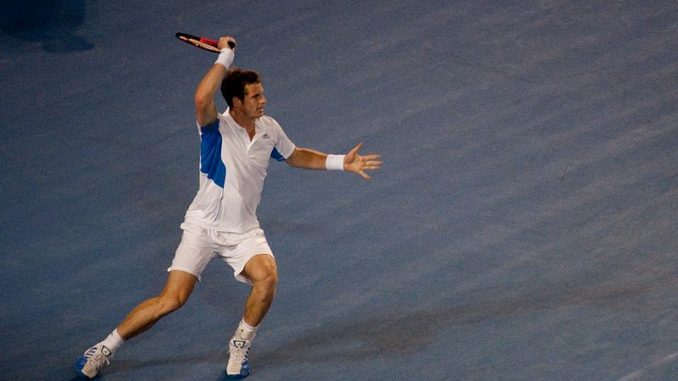
Last week Andy Murray reached the quarter-final of the Washington Open tournament with a hard-fought victory over Romania’s Maru Copil. In itself, the feat was not remarkable, although it did mark a milestone on the road to recovery for the Scot, who has missed most of the past year following hip surgery.
What was noteworthy though was the time that the match finished – two minutes past three in the morning.
That’s right, 3.02 am.
Afterwards, an exhausted and emotional Murray commented, “My body doesn’t feel great just now. Finishing matches at three in the morning isn’t good for anyone involved in the event – players, TV, fans, anyone”.
Murray subsequently withdrew from the event and this week’s Rogers Cup in Toronto to give his body time to recover.
Yet, with the US Open on the horizon, the issue of the scheduling of tennis matches needs to be raised. Late night finishes at Flushing Meadows are by no means rare. Five men’s singles matches have finished beyond 2 am, and two have gone as late as 2.26 am, most recently in 2014 when Kei Nishikori defeated Milos Raonic in a fourth-round marathon.
US Open Live Streaming | US Open Tips | US Open Tickets | Premium Tennis Tips
The question needs to be asked as to who benefits from such late finishes?
Certainly not the players would seem to be one answer. As finely-tuned athletes, their bodies are used to eating at certain times, and resting and sleeping according to set routines.
All that is put out of kilter by finding themselves on court into the small hours, especially if they are scheduled to play again next day. There is simply not enough recovery time, as evidenced by the fact that all five men who won those US Open matches finishing beyond 2 am then lost in the next round.
Of course, much of the scheduling is driven by the demands of television but, then again, whilst it makes sense, from the point of view of advertising and the armchair spectator perspective to have a big match played during prime time, people are not going to stay up into the wee hours when they have busy lives and have to go to work next day.
The Murray match, for example, did not start until midnight local time.
And then there are the fans in the stadium itself, many of whom use public transport to get to and from an event. Many of them are forced to leave late night games early in order to get the last train or bus, or are forced to try and find an expensive cab home, which are scarce on the ground anyway at that time of night.
And, again, many of these spectators have to go to work themselves next day.
Finally, sponsors of tournaments also suffer. The Washington Open event was deprived of a big-name quarter finalist, whilst the subsequent event in Toronto was also diminished by the loss of Murray from the field.
Tennis administrators and schedulers have got to be careful not to be too greedy and hasty in their attempt to produce a late night spectacle because they are at risk of undermining the sport.
There needs to be a cut-off point when a match can start, and, if is not finished by a certain time, then the players get to come back next day. That is fairer to everyone – the players, the TV companies, the fans and the sponsors.
Be the first to comment